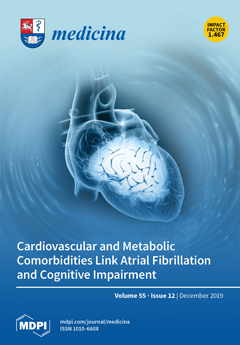Background and Objectives: Although there are many studies that investigate the relationship between duodenogastric reflux (DGR) and
Helicobacter pylori in adult patients, the reported data are contradictory. In addition, there are very few studies in the literature investigating the relationship between DGR and
H. pylori in the pediatric age group. In the present study, we investigated the effect of primary DGR on
H. pylori and gastritis.
Materials and Methods: A total of 361 patients who were referred to the clinic of our hospital with dyspeptic complaints who had an upper gastrointestinal system endoscopy and a gastric biopsy were included in the study.
Results: DGR was detected in 45 cases, and 316 cases that did not have DGR were considered as the control group. Comparisons were made between the DGR cases and the control group in terms of risk factors (age, gender), the presence and density of
H. pylori, and the presence and severity of gastritis. The average age of the patients who were included in the study was 11.6 ± 4.6 years. A total of 128 (36%) of the cases were male and 233 (64%) were female. DGR was present in 45 (13%) of the cases. The average age of the patients with DGR was 13.9 ± 3.1 years, the average age of the control group was 11.3 ± 4.7, and there were statistically significant differences (
p < 0.001). No significant differences were detected in terms of gender between DGR and the control group (
p > 0.05).
H. pylori (+) was detected in 29 (64%) of patients with DGR, and in 202 (64%) of the control group. No significant differences were detected between
H. pylori prevalence (
p = 0.947). Gastritis was detected in 37 (82%) of the patients with DGR, and in 245 (77%) of the control group (
p = 0.476). No significant differences were detected between the presence and density of
H. pylori, gastritis presence, severity and DGR (
p > 0.05).
Conclusions: The ages of patients with DGR were significantly higher than in the control group, and advanced age was shown to be a risk factor for primary DGR. It was found that the presence of DGR has no effect on the presence and severity of
H. pylori. Given this situation, we consider it is important to eradicate
H. pylori infection, especially in the case where
H. pylori is present together with DGR.
Full article






